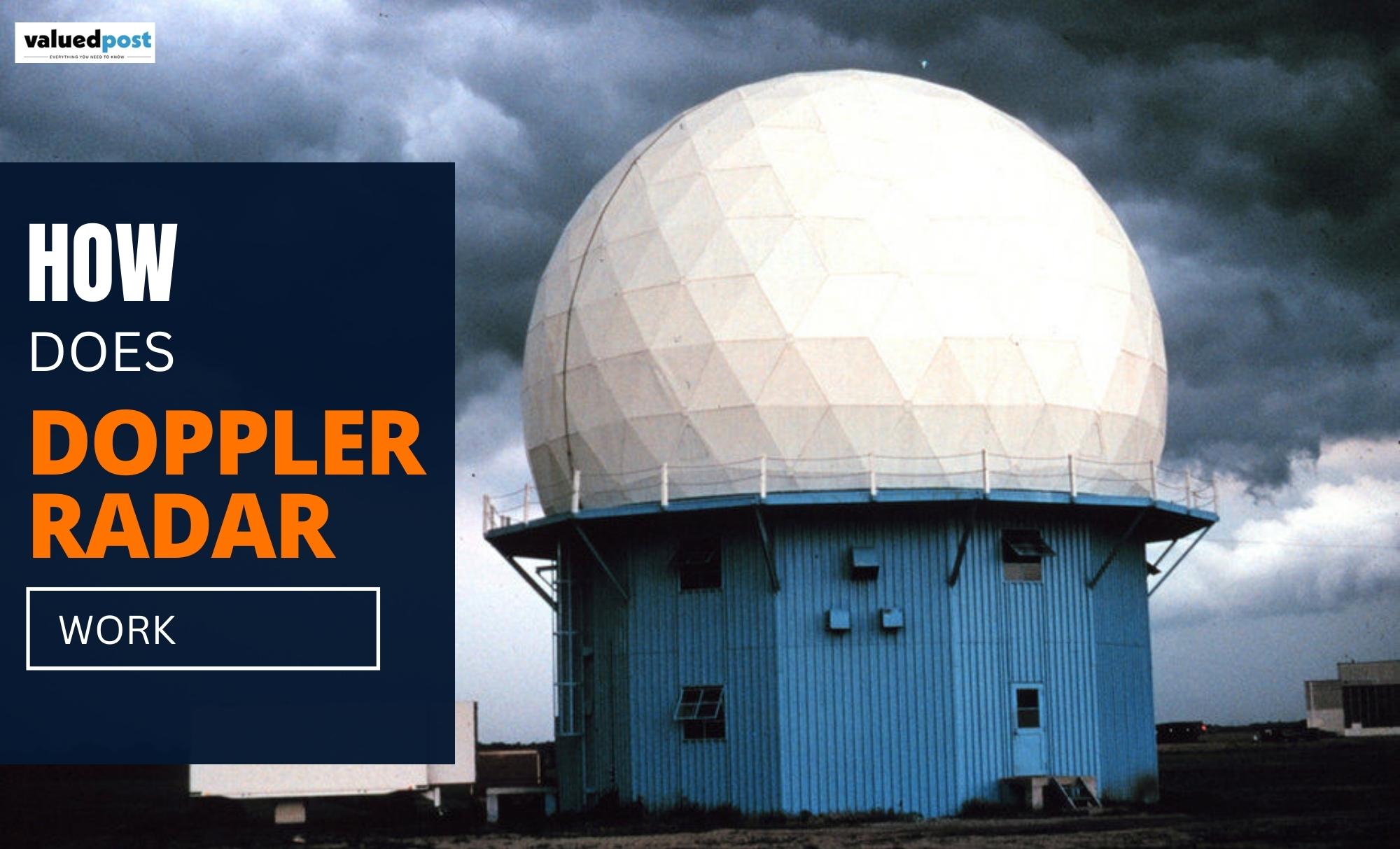You have always heard about something like doppler radar or weather radar. Are both the same things or different? What purpose do they serve, and how does it work? We will dive into every detail of it.
With the revolution in scientific inventions, radar came into existence. During the world wars, it was basically used to detect planes, but later on, it became an instrument to learn about weather.
What Does a Doppler Radar Measure?
Doppler radar is undoubtedly the most crucial technology used by meteorologists to keep tabs on the weather and understand it. From precipitation to snowfall to tornadoes, doppler radar can identify the majority of precipitation up to 100 miles away. Whether it be rain, snow, or hail, doppler radar data can be used to analyze storm structures and aid in storm forecasting. Additionally, it offered enhanced sensitivity, resolution, and range that allowed for the detection of meteorological events much further away from the radar location.
Moreover, it includes a feature called “dual polarisation,” which allows the radar to differentiate between hail, rain, and snow.
It is widely employed in the weather forecasting sector. It determines the movement of various types of weather (based on the frequency with which they bounce back).
Apart from dropler radar used to weather forecasting, Doppler is also available in many aircraft for navigational purposes. There are significant military applications as well.
Now, to understand how doppler radar works, you first understand the “doppler effect.”
What is Doppler Effect?

The first person to explain this idea was the Austrian physicist J. Christian Doppler in 1842. The Doppler effect is useful in many different situations. The Doppler effect is useful in determining an object’s velocity or speed because it depends on moving objects.
When a person moves quickly toward a still sound source, then the sound from the source seems to have a higher pitch than it actually does. The frequency appears to be lower than the actual frequency of the sound from the source as the observer moves farther away from it. Thus, variation in the frequency due to motion is the Doppler Effect.
The pitch falls off more quickly as it moves. The difference in sound pitch between a moving source and a stationary observer makes this effect simple to see.
The phenomenon is not only true for sound waves but also stands for electromagnetic waves and light waves.
Functioning of Doppler Radar to Detect Precipitation?

To answer the question How does doppler radar work? It has a powerful antenna that rotates while the transmitter emits pulses of radio waves at a certain frequency directed at a moving object. The electromagnetic radiation wave returns to the antenna after making contact with an object. So, when the wave reflects back after intercepting the object, it has a different frequency than the initial frequency.
Thus, the velocity of the moving object can then be determined using the variation in this frequency. Also, the radar system can then determine the distance and direction of the rain by measuring the interval between pulses and the time it takes for those radio echoes to return.
When a storm is moving toward the radar: The frequency of the reflected wavelength will be greater than that of the transmitted wavelength.
In case a storm is moving away from the radar: The frequency of the transmitted wavelength will be greater than the frequency of the reflected wavelength.
When a storm is stationary: There will be no changes in the initial frequency.
You can trace an object after measuring its location and intensity. The distinctive feature of a Doppler radar is its capacity to determine the object’s direction of motion.
Doppler Radar: Dual Polarization Feature
Dual-polarization, which broadcasts and receives pulses in both a horizontal and vertical direction, is a new feature in modern Doppler radars.
Dual-pol radars offer a variety of advantages:
- Increase in the overall accuracy of the anticipated precipitation accumulation.
- Recognize different kinds of precipitation, such as hail, snow, sleet, and even heavy rain.
- Tornado rubble monitoring.
Frequently Asked Questions
A Doppler radar is a specialized radar that generates velocity information about distant objects using the principle of the Doppler effect.
Doppler radar adds the capacity to detect air motions within a storm, while conventional radar just offers information about the location and intensity of the precipitation.
Doppler weather radar transmits electromagnetic energy pulses into the atmosphere to track precipitation and assess its velocity and intensity.
Doppler radar works in the range of medium pulse repetition frequencies (PRF) between 3 and 30 kHz.
No, doppler radar does not detect humans, whether they are standing still or moving. It doesn’t matter either that they are in the range of the radar.







